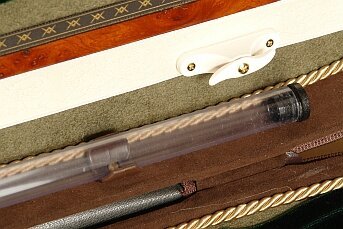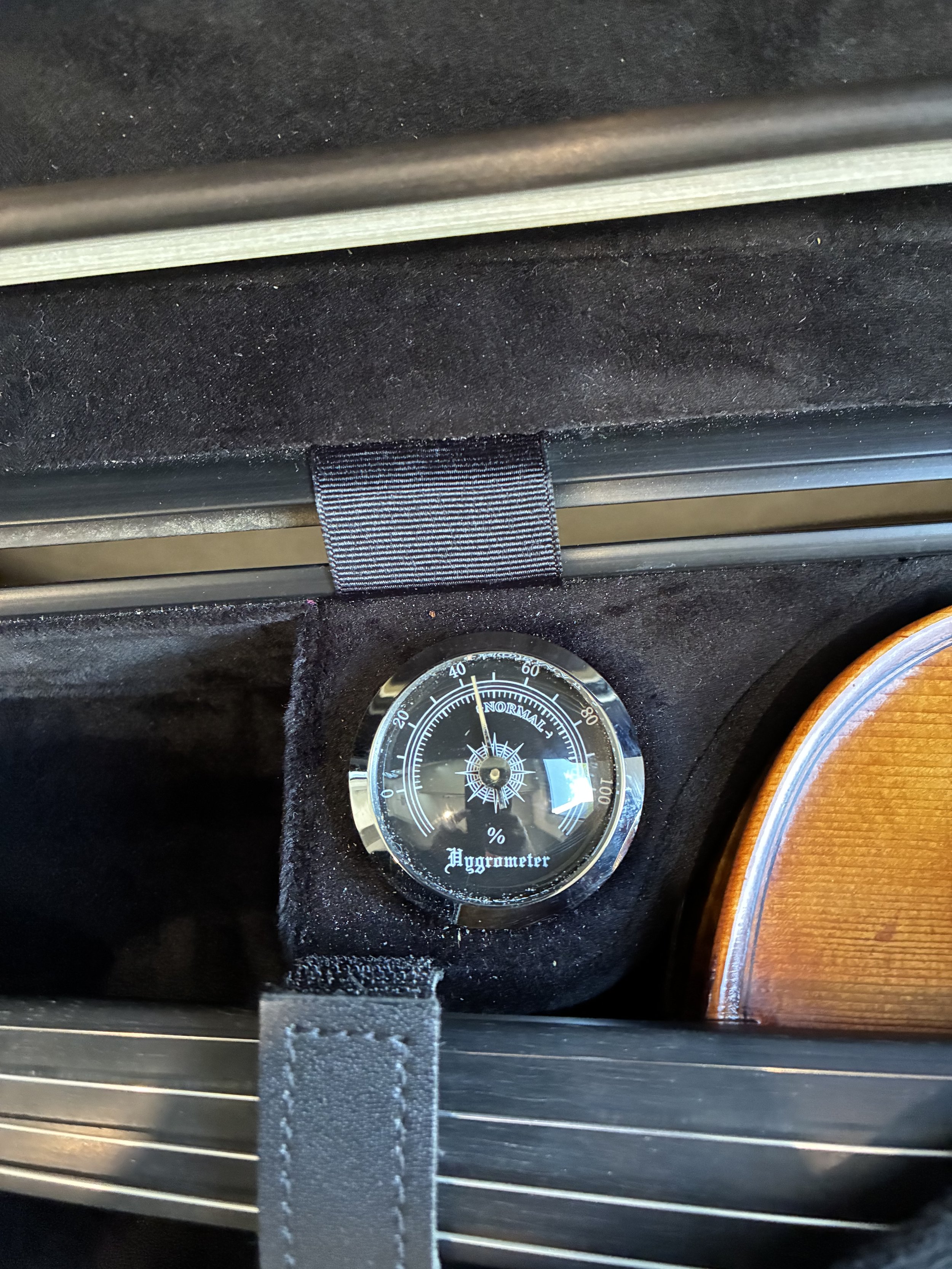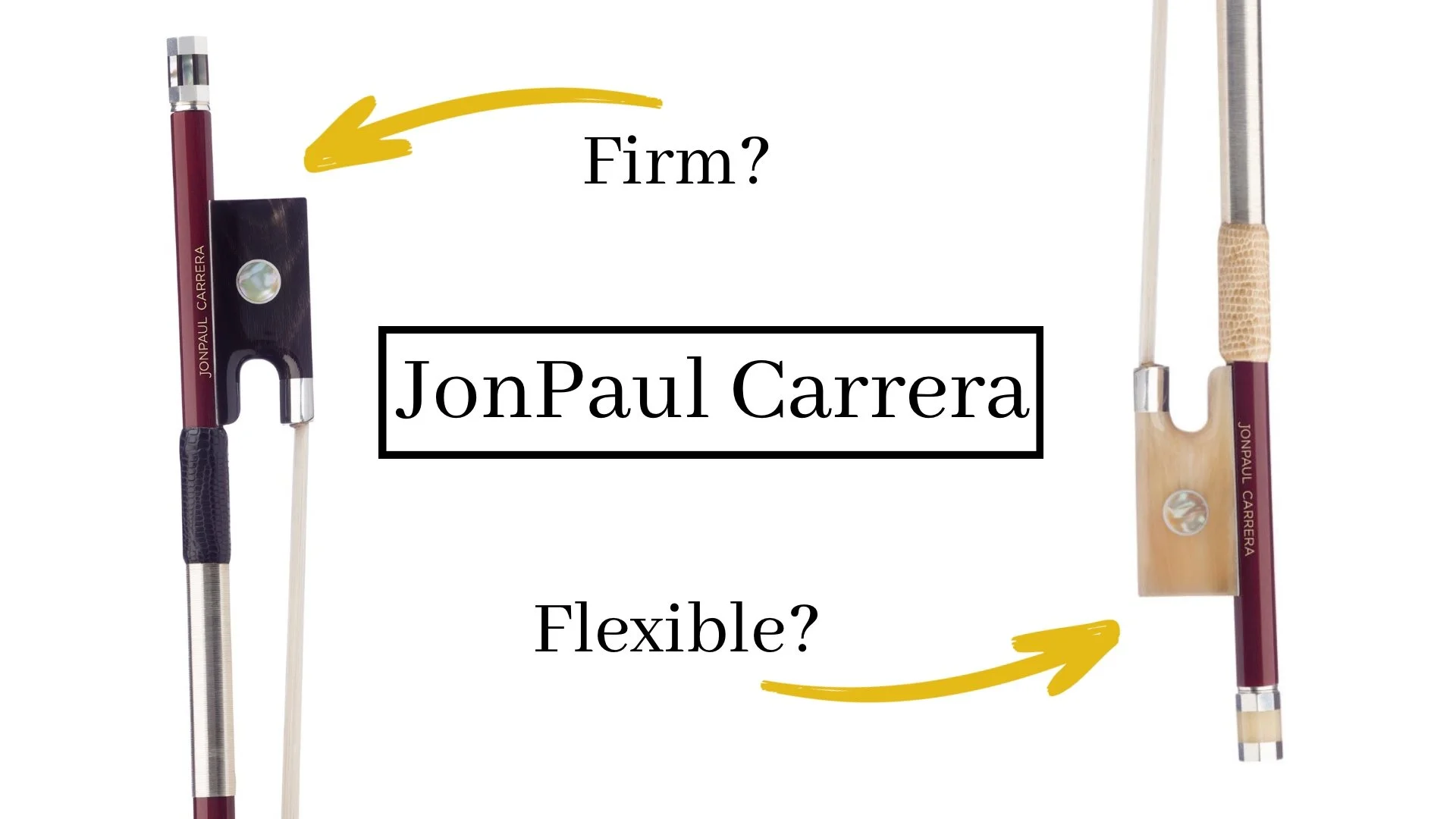I Just Got My Violin! Now What? A Guide to Unpacking Your New Violin!
/Congratulations! After the somewhat overwhelming process of deciding what instrument to get, you now have your violin. Now what? Let’s talk through the process of getting your violin ready for the first step: tuning!
There’s usually a few steps you’ll tackle first!
Opening up Your Violin Case
If you were mailed a violin, let’s get it unboxed! Go ahead and open your violin and get the case or violin box out. Open it on a flat surface like a couch, bed, or table top.
As you open your case for the first time, just take a moment to enjoy the smells and the beautiful sight of your patiently waiting violin. It’s a moment that will always stick with you!
Parts of a Violin Case
We’ll get to the violin, but first let’s just talk about a few parts of the standard violin case since there are often some items you might have questions about!
First, there should be a soft violin cover. Keep this over your violin anytime you put the violin into its case.
You’ll often find the next three items in your case, although they aren’t in all cases.
A hygrometer: This dial. tells the relative humidity. You want to store the violin between 40-60% humidity so this little dial is pretty important. To learn more about how to control the humidity level, visit How to Take Care of Your Violin.
A case humidifier: If you have a small tube with some type of screw top, that is a violin case humidifier. Add water if your hygrometer is indicating low humidity.
A clear string tube: If you have a long clear tube with cork stoppers at the top of you violin case, that is a spare string tube. This tube is for gut strings which are better stored elongated and not coiled up. With our modern day synthetic strings, you can keep your spare strings coiled in their packages.
A violin case Humdifier
A Violin String Tube
Hygrometer
Parts of the Violin
I’m going to be talking about some different parts of you violin, so let’s review those now.
How to Unpack Your Violin
Before your violin is ready to be tuned, there may be a few shipping wrappings and cushions you’ll have to remove. Every company does this a little bit differently. When I received a violin from Fiddlershop, it had a cardboard bridge protecter over the bridge. Simply remove or unscrew the little toothpicks and take the bridge protector off.
You may also have some sort of wrapping around the bridge or around another part of the violin. Carefully remove this.
Notice the violin is missing a bridge? See that little white package underneath the Tailpiece? Yep, that’s your bridge. Some assembly required. This is not how violins should be shipped! If you see this, you probably have a VSO on your hands.
*Note: the bridge should be upright and in place. There is an unlikely possibility that shipping could have knocked it loose. If that’s the case, get in touch with the company that sent you the violin. Most major violin retailers from respected violin shops know how to ship their violins so that it arrives in good conditions, but sometimes things happen.
Once people learn about VSOs (violin shaped objects) they immediately start to wonder if their violin is a VSO. Well, if you open the case and find the bridge neatly wrapped in its own wrapping waiting for YOU to install it…then you have a VSO. This is something that should be done by a luthier before being shipped to you. A luthier will know where to place the bridge for the best sound. A violin is not a “some assembly required” sort of item.
Let’s take a break from the violin for a moment and move on to the bow.
How to Take the Violin Bow out of the Case
Let’s talk about how the violin bow is stored in your case. When you first receive your violin, there may be a rubber band around the bow latches. This is to keep the bow in place during shipping. You can remove this and throw it away (or put it in your stash of rubber bands—they come in handy for various aspects of violin playing!)
The bows may be encased in plastic or some other type of wrapping. You can remove this and throw it away as well. There’s no need to put your bow back in this little plastic bag every time you put it away. The case will keep it well protected. Watch this quick video to see how to take your bow in and out of the case.
How long does it take for a new violin to settle?
The violin doesn’t need to settle before you can play it. If it has new strings, the strings will take a few days to settle into place. This simply means in may go out of tune more frequently. Keep tuning the strings and within a few days they will stay closer to being in tune.
New violins or violins that haven’t been played recently will open up more as you play them. So if your violin sounds a little stuffy, give it a few days of playing to let it open up.
It’s time to tune!
Now that you understand the parts of the violin case and have everything unwrapped, it’s time to tune!






















